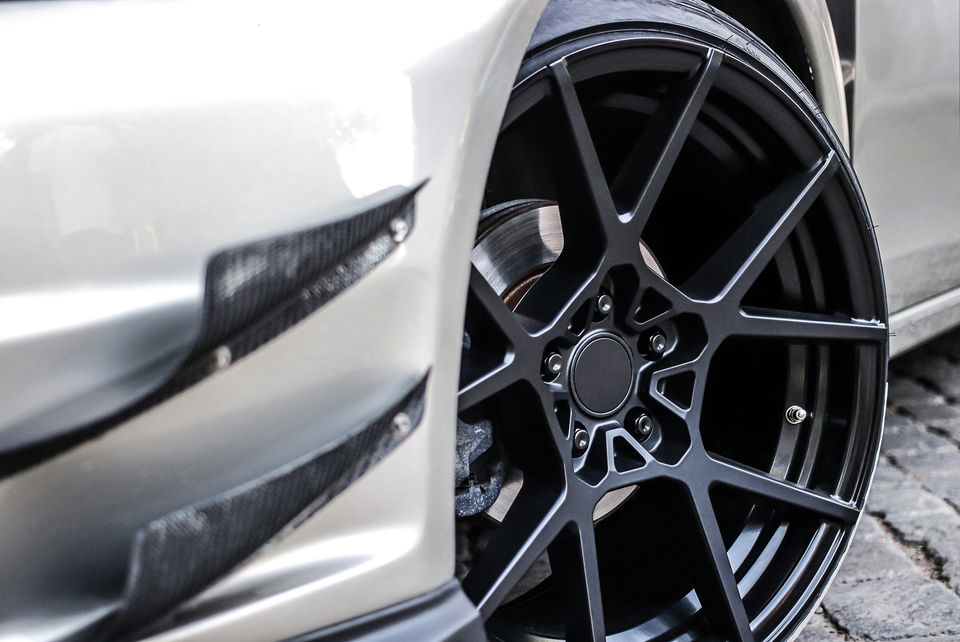
Low Profile Tyre Pressure - What PSI Is Correct?
Are you a car enthusiast with a passion for customising your ride?
One of the most popular modifications is low profile tyres. These tyres not only lend a sleek and sporty appearance to your vehicle but also offer improved handling and performance on the road.
To fully capitalise on the benefits of these tyres, it’s crucial to grasp the importance of maintaining the correct tyre pressure.
Understanding Low Profile Tyres
Low profile tyres feature a shorter sidewall height compared to regular tyres.
The aspect ratio denotes the tyre’s sidewall height as a percentage of its width. Typically, low profile tyres have an aspect ratio of 50 or lower, resulting in a wider tread and a more sporty appearance.
Finding The Optimal Tyre Pressure For Low Profile Tyres
The key to extracting the maximum potential from your low profile tyres lies in maintaining the correct tyre pressure.
The right PSI can vary depending on factors such as the vehicle model, tyre size, and driving conditions.
Nonetheless, a general rule of thumb is to adhere to the manufacturer’s recommendations, which are often provided in the vehicle owner’s manual or on a placard inside the driver’s door.
Tyre Pressure For 20-Inch Low Profile Tyres
In recent years, 20-inch low profile tyres have gained significant popularity, especially among sport cars and luxury vehicles. These larger wheels offer enhanced stability and grip, making them a preferred choice for drivers seeking top-notch performance.
For 20-inch low profile tyres, the recommended PSI typically falls within the range of 32 to 35. However, it’s essential to confirm the specific PSI range for your vehicle and tyre model.
Summary
Maintaining the correct tyre pressure for your low profile tyres is vital for a safe driving experience.
Proper inflation ensures improved handling, increased fuel efficiency, and extends the lifespan of your tyres.
Drive confidently on your well-maintained wheels!

Louis
I'm Louis, an engineer passionate about helping Australians choose better tyres for their vehicles!
